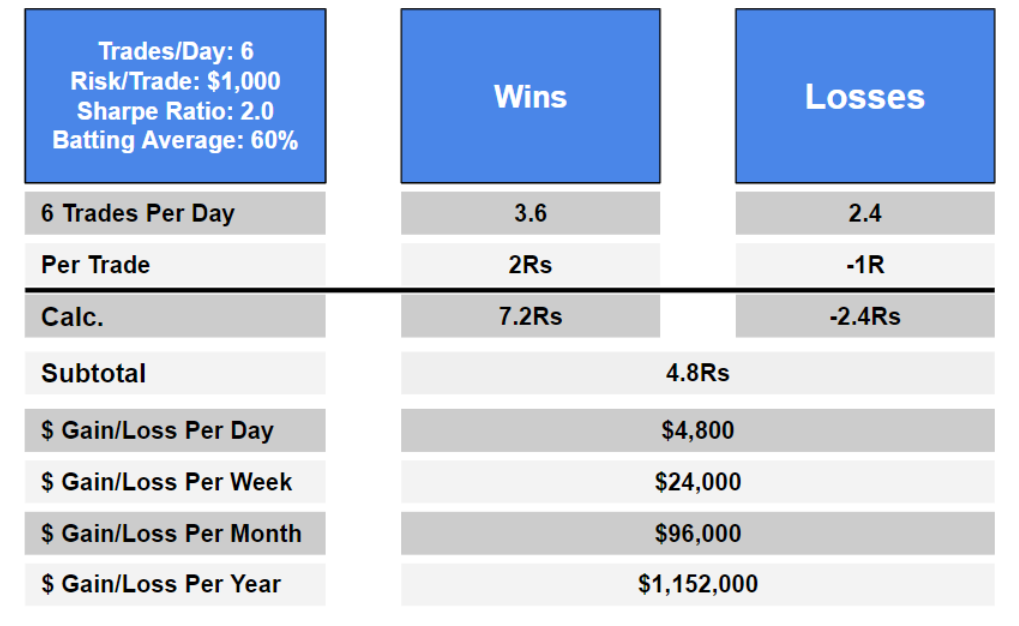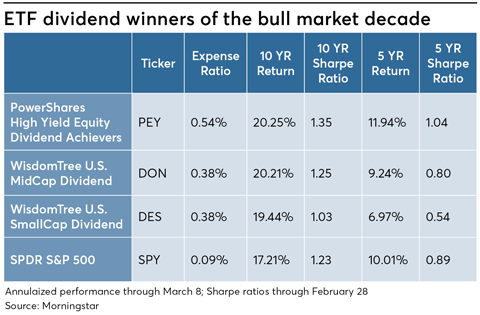
This article will show you how to place a Limit, Market, or Stop order to purchase stocks. You might also consider purchasing an Index fund if you are just getting started. An Index fund, which invests in stocks in an index, will give you a portfolio with the best companies in the nation. These steps will give you the knowledge and confidence to purchase stocks.
Limit order
A limit order allows you to invest in a limited amount of stock at a particular price. Limit orders can only be executed if stock prices are lower or equal than the price that you have specified. If the price of a stock drops below the limit price, your order will not execute. You may see the limit price rise depending on other orders. Limit orders have the advantage of avoiding market volatility.
As an example, let's say you place a limit on Apple stock. The price goes up from $190 - $210. If you do not wish to sell at this price, then set a higher limit so that you aren't overpaying. You can also buy stock at a higher cost if Apple goes bankrupt. You will not miss out on this great opportunity.

Market order
Some investors swear to market orders when purchasing stocks. Although it is not the best method to use, it can be useful in certain situations. It can be useful if you are in a losing situation and don't want the market to move to your favor. You can also use this method when using dollar-cost averaging and automated investment strategies. But beware of the risks of using a market order.
The basic concept behind a market order is that the broker will execute your trade at the current market price. This means that you order will be filled as quickly and efficiently as possible at the current market price. If you had to place an order to purchase 100 shares, you would select whatever the current price is. You will pay the market price at the current price.
Stop ordering
Stop orders are an excellent way to minimize your losses when trading stocks. Although stop orders can be used to guarantee a price, they are not the same as limit orders. When the stop price is reached your order will automatically be converted to a market or. This allows you to have maximum control over your investment decisions. This order helps to protect you from the possibility of a stock going against you. This allows you to minimize risk and maximize your control over stock investments.
Although a stop order is not a limit or buy order, it can instruct the market to place a buy/sell order if the stock has reached a certain price. A stop order prevents you from losing too much. If you do decide to use a stop order, make sure you set it at a price you're comfortable with. Before you place a limit or order, talk to a financial advisor if you're unsure of the best way for you.

Index fund
Index funds can be a great option if you are just starting out in the stock market, or if you don't have the time or the patience to keep track of your portfolio. An index fund closely tracks a popular stock index, the S&P 500. There are differences between index funds, and actively managed funds. Index funds do not have the same restrictions on risk, so you can invest in either one or more of them. You can also choose to invest in an index fund based only on one index, such the S&P 500.
Index funds are easy to manage, making them very accessible for novice investors. You can choose a fixed amount per month to invest in index funds and then you can stick with it. Online compound interest calculators will help you calculate the amount you should be investing each month. Once you know how much you can invest each month you can prioritize your investments according your retirement savings goals.
FAQ
Why are marketable securities important?
A company that invests in investments is primarily designed to make investors money. It does this by investing its assets in various types of financial instruments such as stocks, bonds, and other securities. These securities have certain characteristics which make them attractive to investors. They can be considered safe due to their full faith and credit.
The most important characteristic of any security is whether it is considered to be "marketable." This is how easy the security can trade on the stock exchange. It is not possible to buy or sell securities that are not marketable. You must obtain them through a broker who charges you a commission.
Marketable securities include common stocks, preferred stocks, common stock, convertible debentures and unit trusts.
Investment companies invest in these securities because they believe they will generate higher profits than if they invested in more risky securities like equities (shares).
What is a bond and how do you define it?
A bond agreement between two parties where money changes hands for goods and services. Also known as a contract, it is also called a bond agreement.
A bond is typically written on paper and signed between the parties. The bond document will include details such as the date, amount due and interest rate.
The bond can be used when there are risks, such if a company fails or someone violates a promise.
Bonds can often be combined with other loans such as mortgages. This means the borrower must repay the loan as well as any interest.
Bonds are used to raise capital for large-scale projects like hospitals, bridges, roads, etc.
The bond matures and becomes due. When a bond matures, the owner receives the principal amount and any interest.
Lenders can lose their money if they fail to pay back a bond.
What are the advantages of owning stocks
Stocks are more volatile than bonds. The stock market will suffer if a company goes bust.
The share price can rise if a company expands.
To raise capital, companies often issue new shares. This allows investors buy more shares.
Companies use debt finance to borrow money. This allows them to access cheap credit which allows them to grow quicker.
If a company makes a great product, people will buy it. The stock's price will rise as more people demand it.
Stock prices should rise as long as the company produces products people want.
Statistics
- Even if you find talent for trading stocks, allocating more than 10% of your portfolio to an individual stock can expose your savings to too much volatility. (nerdwallet.com)
- The S&P 500 has grown about 10.5% per year since its establishment in the 1920s. (investopedia.com)
- US resident who opens a new IBKR Pro individual or joint account receives a 0.25% rate reduction on margin loans. (nerdwallet.com)
- Our focus on Main Street investors reflects the fact that American households own $38 trillion worth of equities, more than 59 percent of the U.S. equity market either directly or indirectly through mutual funds, retirement accounts, and other investments. (sec.gov)
External Links
How To
How to Trade in Stock Market
Stock trading involves the purchase and sale of stocks, bonds, commodities or currencies as well as derivatives. Trading is French for traiteur. This means that one buys and sellers. Traders trade securities to make money. They do this by buying and selling them. This type of investment is the oldest.
There are many ways to invest in the stock market. There are three types of investing: active (passive), and hybrid (active). Passive investors do nothing except watch their investments grow while actively traded investors try to pick winning companies and profit from them. Hybrid investors use a combination of these two approaches.
Index funds track broad indices, such as S&P 500 or Dow Jones Industrial Average. Passive investment is achieved through index funds. This approach is very popular because it allows you to reap the benefits of diversification without having to deal directly with the risk involved. Just sit back and allow your investments to work for you.
Active investing is the act of picking companies to invest in and then analyzing their performance. Active investors look at earnings growth, return-on-equity, debt ratios P/E ratios cash flow, book price, dividend payout, management team, history of share prices, etc. They decide whether or not they want to invest in shares of the company. If they feel that the company's value is low, they will buy shares hoping that it goes up. If they feel the company is undervalued, they'll wait for the price to drop before buying stock.
Hybrid investing blends elements of both active and passive investing. For example, you might want to choose a fund that tracks many stocks, but you also want to choose several companies yourself. In this instance, you might put part of your portfolio in passively managed funds and part in active managed funds.